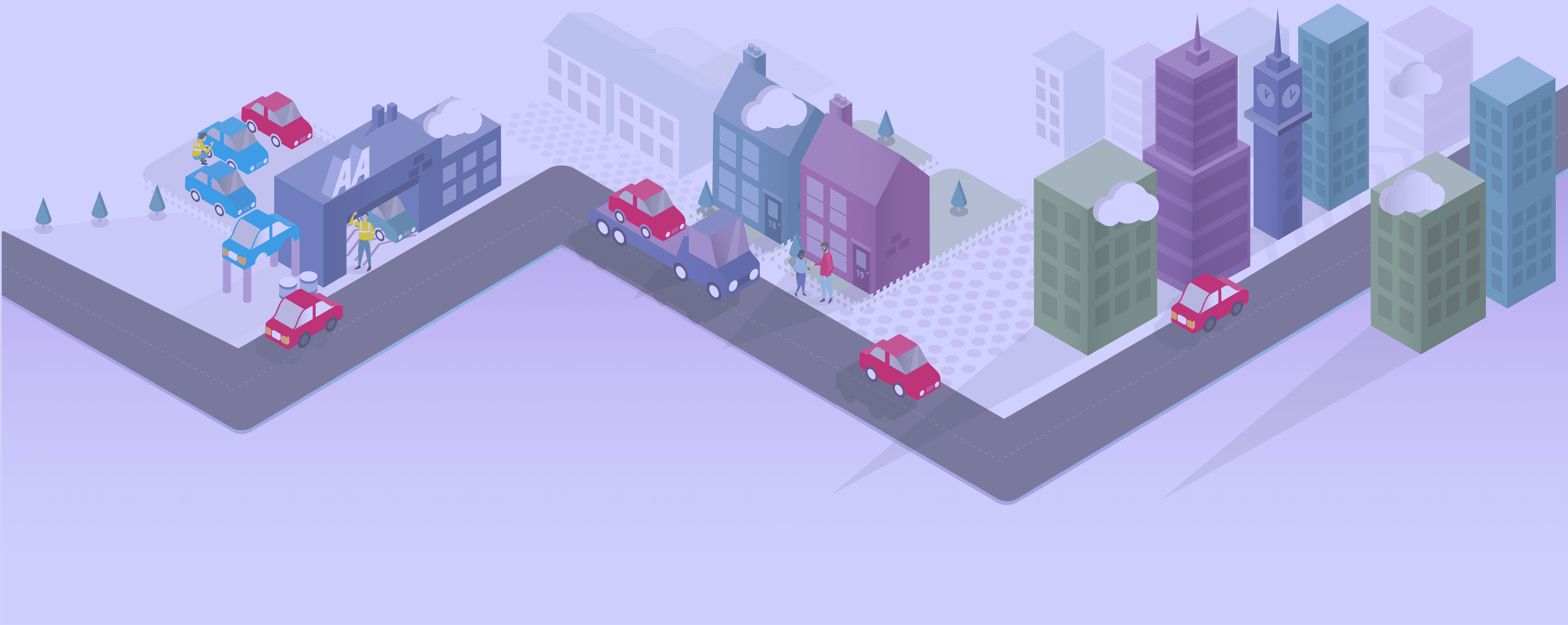Hellocar unfortunately failed 😭. Over the last year,I have had time to reflect on why it failed and where my responsibility fell.
Change in business model
When I joined I was presented with a model that was looking to disrupt the car industry with a new way of buying cars; think Auto-trader but with steroids. The business decided to pivot on this model they felt that it would need too much effort and time to get these cars onto the platform. The model moved closer and closer to a used car dealership.
Team changes
The business chose to increase the runaway so decided to reduce the development team. This had a big effect on the rest of the team and on team morale.
Supply and choice
One of the biggest challenges to Hellocar was solving the supply chain. At first, we had cars from Hertz. The type of cars that Hertz gave us did not match the customer demand. Typically our customer would be looking for an £8k Ford Focus but we had a £30k Mustang. We just did not have the right supply.
We had an opportunity to work with Mini to list their cars before going to auction. The cars we got were 30 diesel Mini’s just at the time when the government did a U-turn on the environmental issues of diesel and they were not getting the best PR.
Even at our peak we only had 40 cars - compare that with Autrotrader’s 400,000 cars and you can see we lack the choice (unless you wanted a yellow diesel mini).
We made an assumption that the product (the website) was more important than the cars. This is not true, people want the 'right car for them'. Hellocar was challenging the customer to weigh up if the benefit of the experience of purchasing online is more important than the car. As a business, we started to understand how complicated a car is to sell. As it is an ever decreasing asset, it is important to turn stock around fast. Something that we struggled with.
Effort
I believe that our effort was not always focused on the best way to sell cars. We built features that took time and no one used. We needed to validate the feature and build it in the leanest version and learn how they performed.
Two key examples of this are:
- Filters. We spent two sprints building a filter system that was scalable and could handle having 400,000 cars but we only had 40 cars so did we need this feature? 🤔
- Checkout flow. We spent two sprints working on a checkout flow to sell car loans. This is something that we could have handled with a form and doing it over the phone. We only got one customer purchasing in this way. Using data instead of assumptions could have saved us valuable time.
Personal Learnings
Ultimately we did not find a product-market fit. However, I learned a huge amount building both a product and a business from the ground up and that the success of both is dependant on each other.
